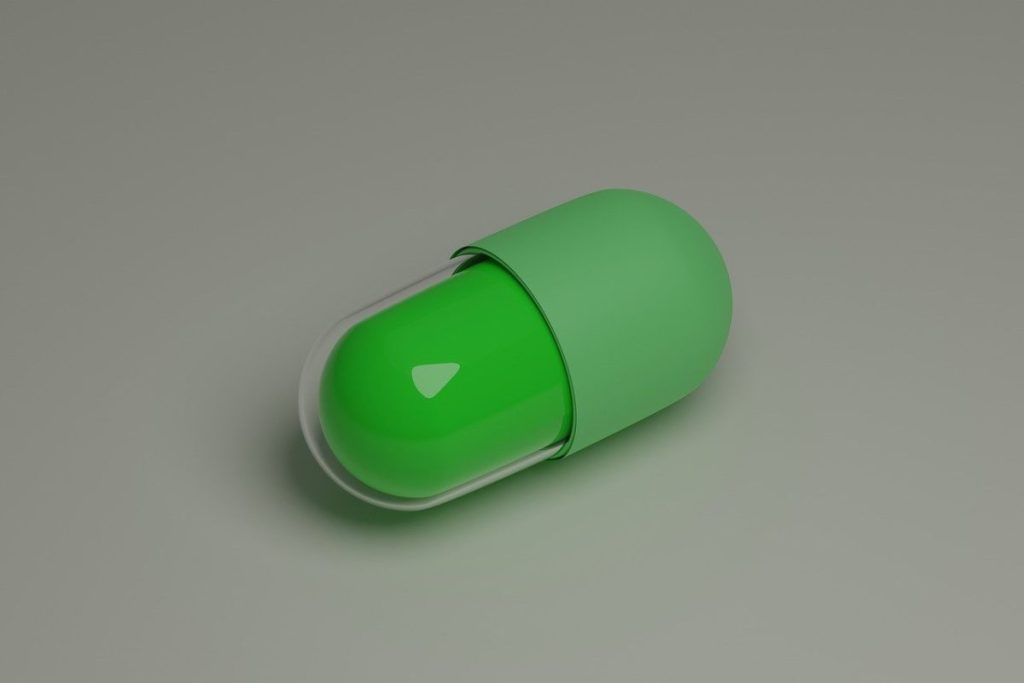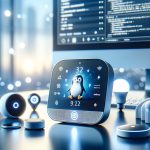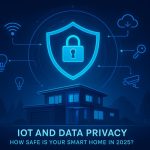In the rapidly evolving world of medical technology, ingestible sensors stand at the crossroads of innovation and necessity. These tiny, swallowable devices are ushering in a new era of personalized healthcare, enabling real-time insights directly from within the human body. But what exactly are ingestible sensors, and how are they reshaping modern medicine?
What Are Ingestible Sensors?
Ingestible sensors are small, pill-sized electronic devices that patients can swallow. Once inside the gastrointestinal tract, they gather a wide range of data — including pH levels, core body temperature, pressure, and even chemical compositions — and wirelessly transmit this information to external devices or apps for analysis.
Unlike traditional diagnostic methods that rely on external tools or invasive procedures, ingestible sensors offer a less intrusive and more accurate alternative for real-time internal monitoring.
How Do Ingestible Sensors Work?
These smart capsules are often composed of biocompatible materials and include:
- A miniature power source
- Sensors tailored for specific biometrics
- A wireless transmitter
- A microprocessor
Once ingested, they begin collecting data and sending it to a connected smartphone, tablet, or healthcare system — all without disrupting the patient’s daily activities.
Key Applications of Ingestible Sensors
1. Chronic Disease Management
For individuals managing conditions like diabetes or gastrointestinal disorders, ingestible sensors help track internal changes and trigger early interventions.
2. Medication Adherence
Some smart pills contain sensors that notify healthcare providers when the medication has been ingested — ensuring patient compliance and accurate dosing.
3. Sports & Military
Athletes and soldiers can use ingestible sensors to monitor hydration, core temperature, and stress levels, reducing risks of heatstroke or overexertion.
4. Early Detection
By continuously collecting internal data, these sensors can help flag abnormalities early, such as bleeding ulcers or irregular digestion patterns.
Benefits of Ingestible Sensors
- Non-invasive diagnostics
- Real-time data improves responsiveness to health issues
- Improved patient compliance
- Cost-effective in the long term by reducing hospital visits
- Customizable to different health conditions
Privacy and Ethical Concerns
As with many IoT-driven health devices, ingestible sensors raise valid concerns about data privacy, consent, and the long-term storage of biometric information. Companies and healthcare providers must adopt strong encryption, consent policies, and transparency to build trust.
The Future of Ingestible Sensors
This emerging technology is still in its early stages, but ongoing advancements in nanotechnology, biosensors, and wireless communication will only expand its capabilities. Future ingestible devices may even include drug-release systems, AI-driven diagnostics, and targeted treatment delivery based on the real-time condition of the patient.
🧠 Frequently Asked Questions (FAQ)
What is the purpose of ingestible sensors?
Ingestible sensors are designed to monitor internal physiological conditions in a non-invasive way. Their main goal is to collect real-time data from within the gastrointestinal tract to support diagnostics, track medication intake, and detect early signs of disease — all without the need for complex procedures or hospital visits.
Are ingestible sensors safe?
Yes, ingestible sensors are generally safe. They are manufactured from biocompatible materials that pass through the body naturally. These devices undergo strict medical testing and are often approved by health regulatory bodies like the FDA before being used in clinical settings. Most users excrete the sensor naturally within a day or two.
How are ingestible sensors powered?
These devices are powered by miniaturized batteries designed to function safely within the human body. Some advanced sensors are even developing ways to harvest power from stomach acid or other bodily fluids, further reducing size and increasing operational time.
Can ingestible sensors replace traditional diagnostics?
Ingestible sensors are not meant to fully replace traditional diagnostic tools but rather to enhance them. By providing continuous, real-time internal data, they offer insights that can’t always be captured during a doctor’s visit. This continuous monitoring makes them especially useful in chronic disease management and post-surgical recovery.
Who benefits most from ingestible sensors?
Patients with gastrointestinal conditions, athletes under extreme physical conditions, and individuals on long-term medication regimens can benefit the most. In hospitals and clinical trials, ingestible sensors are used to improve patient outcomes and reduce readmission rates through better tracking and predictive care.
What kind of data do ingestible sensors collect?
Depending on the model and intended use, ingestible sensors can collect data such as:
- Core body temperature
- pH levels
- Pressure changes
- Medication intake timing
- Gas concentrations
- Signs of internal bleeding or inflammation
Do ingestible sensors connect to smartphones?
Yes, most modern ingestible sensors are equipped with Bluetooth or wireless communication technologies that send data to smartphones, tablets, or cloud systems. Patients and doctors can monitor results in real time through dedicated mobile apps or secure medical platforms.
How to Set Up a Linux Web Server: A Complete Step-by-Step Guide
- Designing a Smarter Home in 2026: What People Get Wrong About Automation
 Smart homes were once science fiction, but today they’re a reality in millions of households. With voice assistants, smart plugs, and automated lighting systems, it’s easy to assume home automation is simply a matter of plugging in a few devices. Yet, many homeowners quickly discover that “smart” doesn’t always mean simple. In this article, we’ll…
Smart homes were once science fiction, but today they’re a reality in millions of households. With voice assistants, smart plugs, and automated lighting systems, it’s easy to assume home automation is simply a matter of plugging in a few devices. Yet, many homeowners quickly discover that “smart” doesn’t always mean simple. In this article, we’ll… - Automated Online Trading: How IoT is Redefining Financial Markets
 Introduction automated online trading In a world where milliseconds can decide millions, the fusion of Internet of Things (IoT) technology and automated online trading is reshaping global finance. What once relied solely on human judgment now increasingly depends on connected machines, real-time data, and predictive algorithms. From weather sensors influencing agricultural trades to smart logistics…
Introduction automated online trading In a world where milliseconds can decide millions, the fusion of Internet of Things (IoT) technology and automated online trading is reshaping global finance. What once relied solely on human judgment now increasingly depends on connected machines, real-time data, and predictive algorithms. From weather sensors influencing agricultural trades to smart logistics… - The Role of Linux in IoT: Powering the Connected World
 The Internet of Things (IoT) is everywhere—from smart homes and wearable devices to industrial automation and self-driving cars. Behind the scenes, one operating system plays a surprisingly dominant role: Linux. Known for its stability, flexibility, and open-source nature, Linux has become the backbone of countless IoT devices and platforms. But what makes Linux so well-suited…
The Internet of Things (IoT) is everywhere—from smart homes and wearable devices to industrial automation and self-driving cars. Behind the scenes, one operating system plays a surprisingly dominant role: Linux. Known for its stability, flexibility, and open-source nature, Linux has become the backbone of countless IoT devices and platforms. But what makes Linux so well-suited… - The Smart Home Revolution in 2025: How IoT is Transforming Everyday Living
 In the past decade, the vision of a truly smart home has moved from futuristic fantasy to everyday reality. As we step into 2025, the Internet of Things (IoT) has matured into a robust ecosystem, connecting appliances, security systems, lighting, and even entertainment devices under one seamless digital roof. The result? Homes that are safer,…
In the past decade, the vision of a truly smart home has moved from futuristic fantasy to everyday reality. As we step into 2025, the Internet of Things (IoT) has matured into a robust ecosystem, connecting appliances, security systems, lighting, and even entertainment devices under one seamless digital roof. The result? Homes that are safer,… - IoT and Data Privacy: How Safe Is Your Smart Home in 2025? – IoT Security
 The smart home revolution has made everyday life more convenient than ever. From voice assistants that control the lights to security cameras that send alerts directly to your phone, connected devices have become part of our daily routines. But with this convenience comes an important question: how safe is your personal data in a world…
The smart home revolution has made everyday life more convenient than ever. From voice assistants that control the lights to security cameras that send alerts directly to your phone, connected devices have become part of our daily routines. But with this convenience comes an important question: how safe is your personal data in a world…








